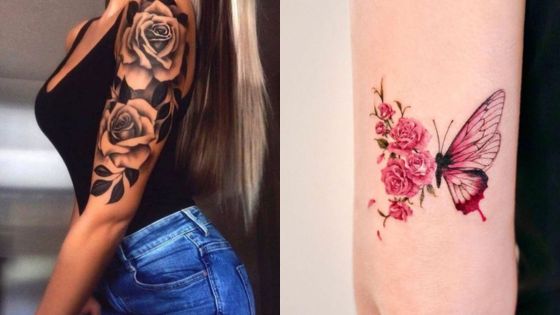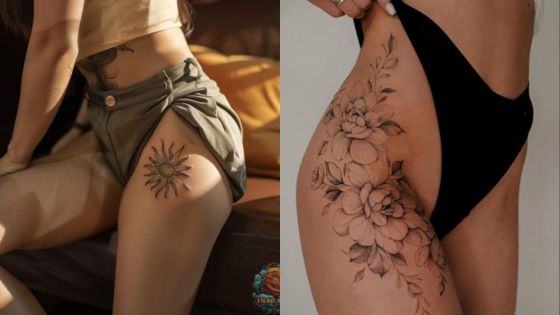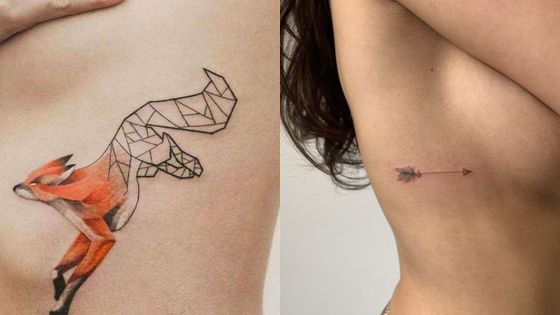Henna tattoos have gained popularity as an art form and a form of self-expression around the world. They provide a temporary and visually stunning way to adorn the skin, making them a popular choice for special occasions and festivals. The intricate designs, often rich in cultural significance, can be applied quickly and easily, appealing to both those seeking beauty and those interested in tradition.
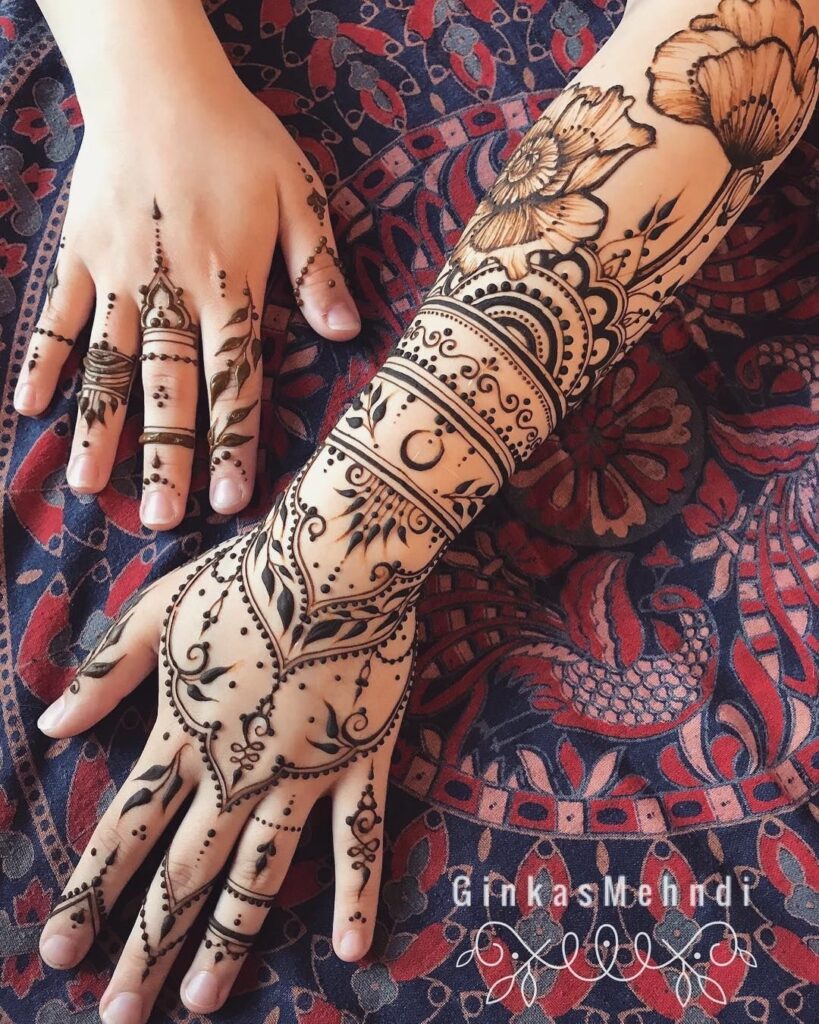
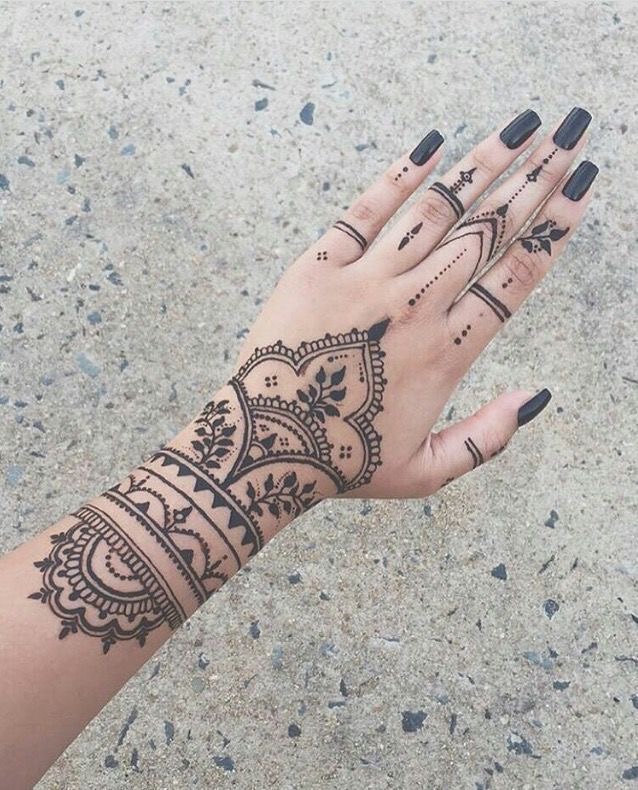
The process involves using a natural dye derived from the henna plant, which has been used for centuries in various cultures for body art and hair coloring. The application is relatively simple, allowing individuals to personalize their designs according to their preferences. As the henna dries, it leaves a stain that can last from a few days up to several weeks, depending on aftercare.
Exploring the world of henna tattoos goes beyond mere aesthetics; it delves into cultural practices and personal stories. Whether for a wedding, a festival, or a personal celebration, henna art invites everyone to connect with both their creativity and the heritage that comes with it.
Henna Tattoo Fundamentals
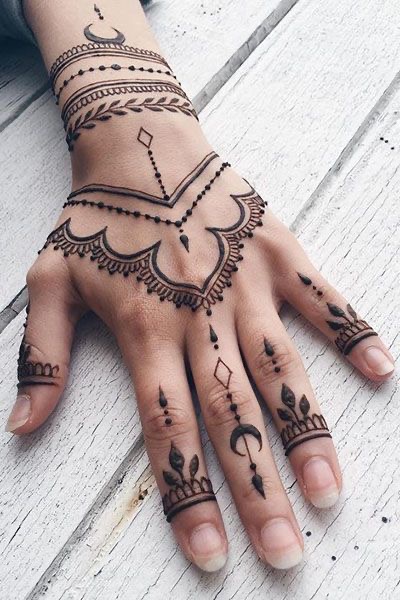
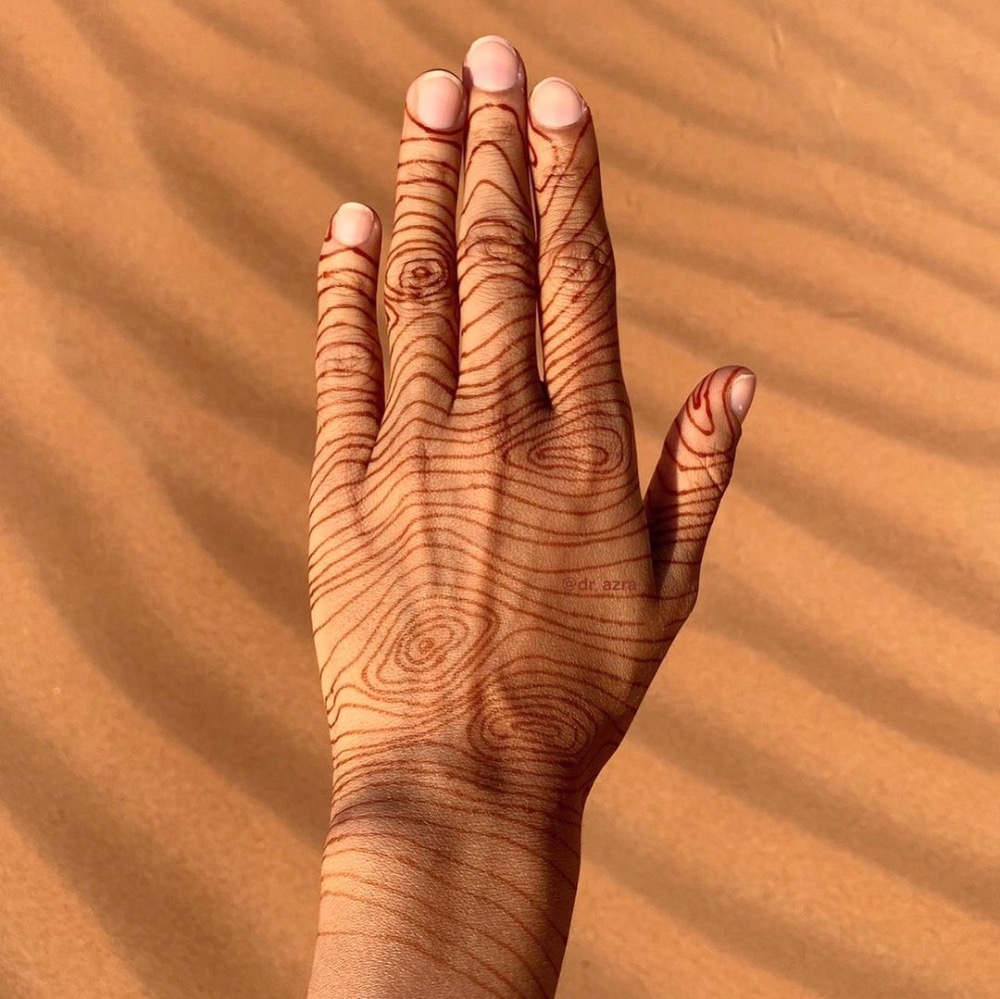
Henna tattoos have deep roots in various cultures, serving as a symbol of beauty, tradition, and significant life events. Understanding their origins and the henna plant is crucial for appreciating this art form.
Origins and Cultural Significance
Henna tattoos date back thousands of years, originating in regions like India, Africa, and the Middle East. They were traditionally used in celebrations, particularly weddings and festivals.
In India, henna is essential during weddings, symbolizing joy and prosperity. It’s common to see intricate designs on brides, believed to bring good luck. In Middle Eastern cultures, henna is often part of religious ceremonies and is a mark of celebration.
Along with weddings, festivals like Diwali include henna designs. These tattoos reflect cultural identity and personal expression across various societies.
Understanding the Henna Plant
The henna plant, scientifically known as Lawsonia inermis, thrives in tropical and subtropical climates. Its leaves are rich in lawsone, a compound responsible for the dye used in henna tattoos.
The dyeing process involves drying and grinding henna leaves into powder, which is then mixed with liquids like lemon juice, tea, or essential oils to enhance color. This paste is applied to the skin in intricate patterns.
Henna is not only known for its aesthetic qualities but also has cooling properties, making it popular in hot climates. The art of applying henna has evolved, with contemporary styles merging traditional designs with modern interpretations.
Henna Tattoo Designs and Meanings
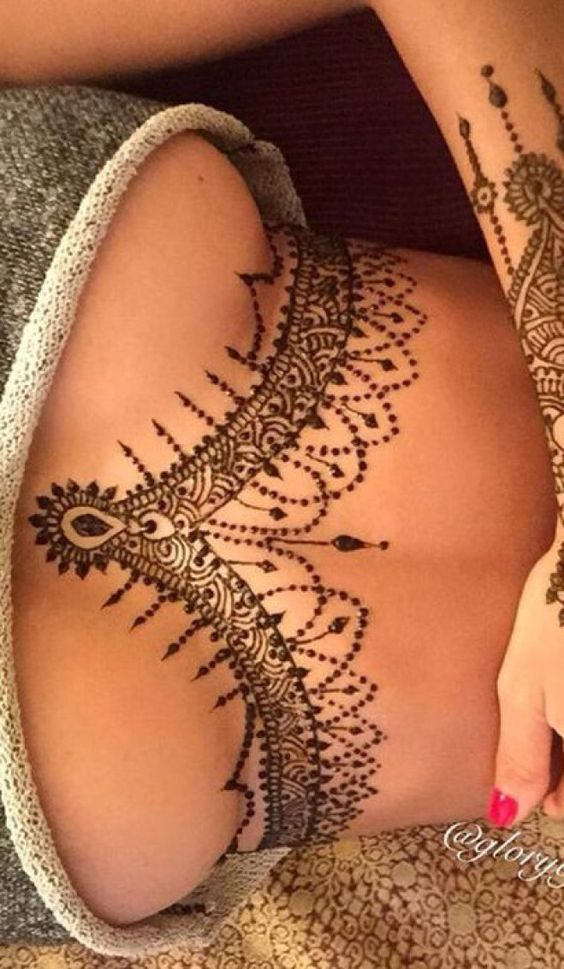
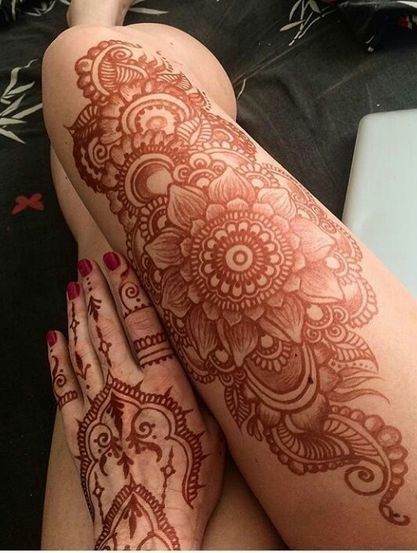
Henna tattoos feature a variety of symbols and motifs, each carrying its own significance. Design choices may include floral patterns, geometric shapes, and popular cultural elements that reflect personal meaning.
Symbols and Motifs
Common symbols in henna tattoos include flowers, geometric shapes, and intricate lines. The lotus flower is often associated with purity and rebirth. Paisley designs represent fertility and abundance, while peacocks symbolize beauty and grace.
Vines and flowing lines frequently convey a sense of movement and connection, emphasizing the natural beauty of the designs. Each symbol can have personal interpretations, adding depth to the art of henna. Clients often choose designs based on personal tastes or cultural significance, ensuring that each tattoo has a unique meaning.
Popular Design Examples
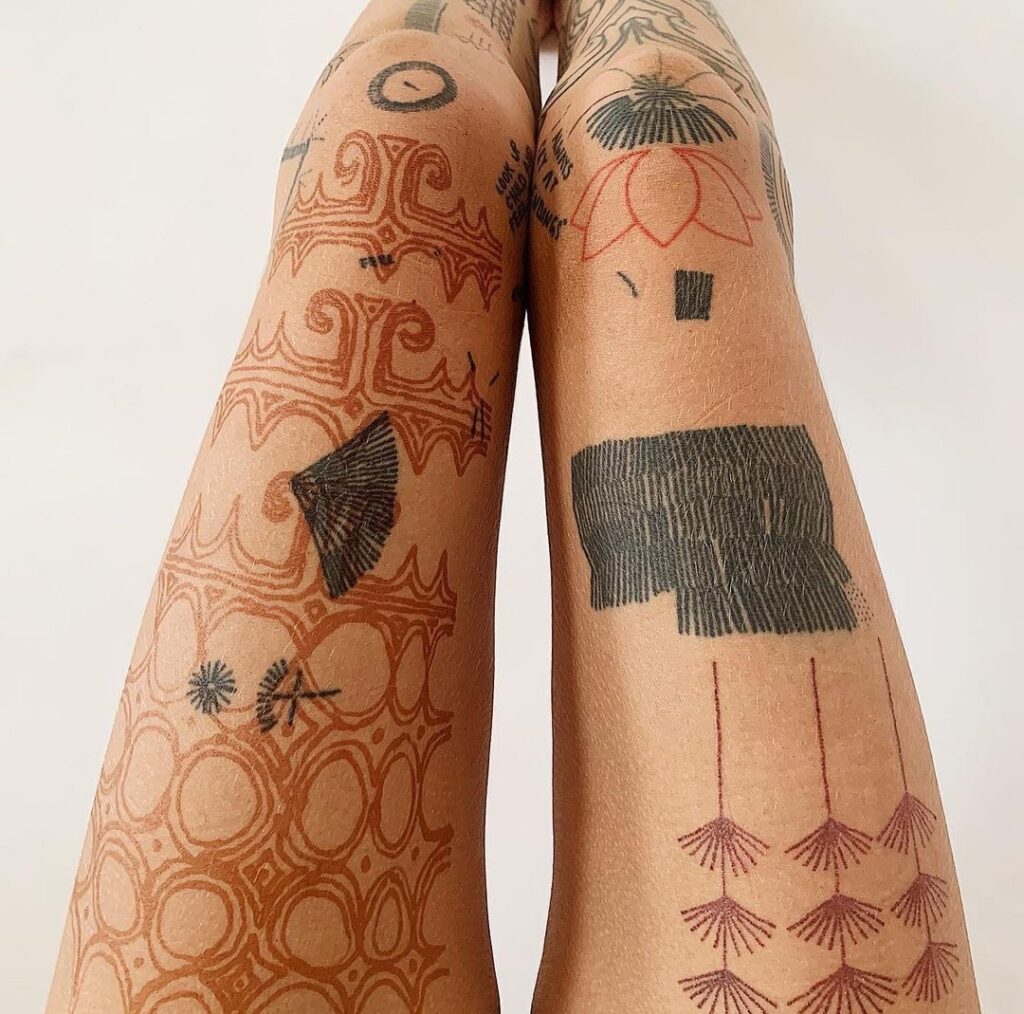
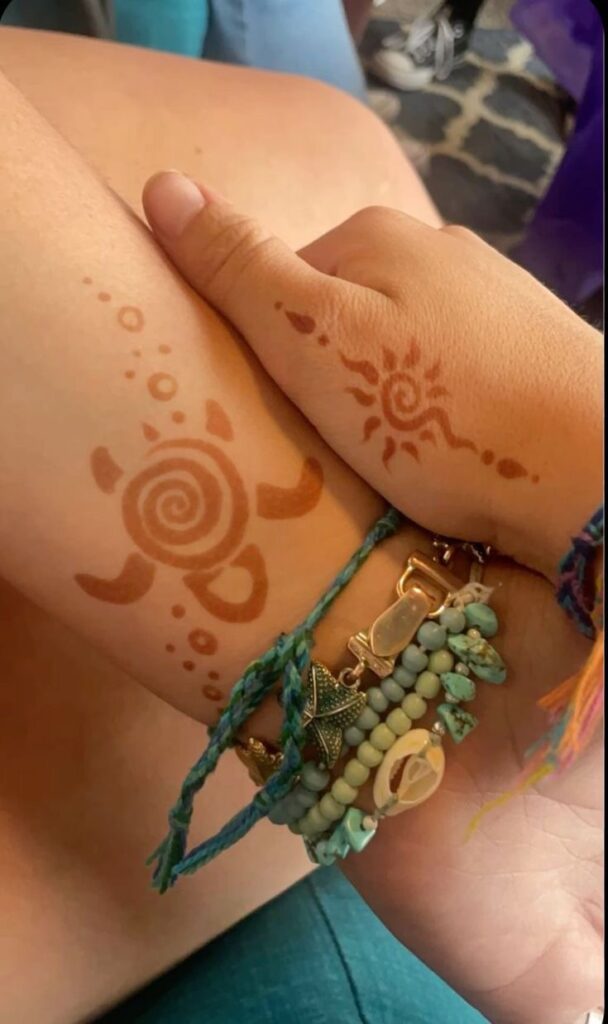
Popular henna designs range from simple patterns to complex illustrations. Floral motifs are a favorite, often featuring intricate petals and leaves that can wrap around an arm or leg.
Geometric shapes, such as triangles and diamonds, lend a modern touch to traditional designs. Designs may also incorporate personal elements like initials or significant dates, making them unique to the wearer.
Peacock designs are visually striking, incorporating feathers and body shapes in elaborate patterns. These elements come together to create art that is not only beautiful but also rich in cultural significance.
The Process of Applying Henna Tattoos

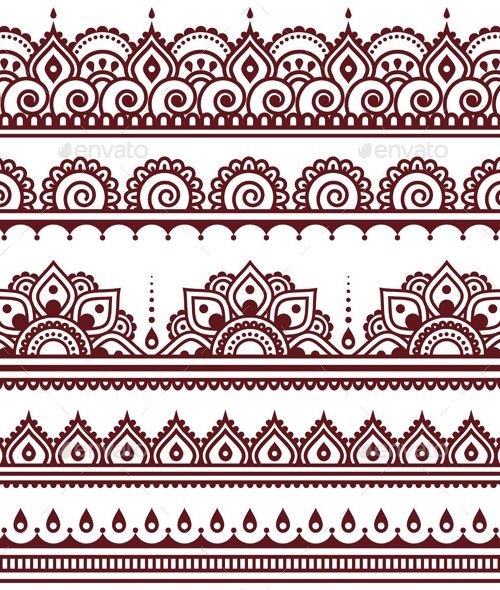
Applying henna tattoos involves careful preparation of the henna paste and the technique of application. Both steps are essential for achieving a vibrant and long-lasting design on the skin.
Preparing Henna Paste
To prepare the henna paste, high-quality henna powder should be selected. It is typically made from the leaves of the Lawsonia inermis plant. The powder must be mixed with a liquid, often lemon juice or tea, to reach the desired consistency.
Ingredients for the paste:
- Henna powder: 100g
- Lemon juice: 30-50ml
- Sugar: 1-2 teaspoons (optional, for paste texture)
- Essential oils: such as eucalyptus or lavender (optional, for scent)
The mixture should rest for several hours, preferably overnight, allowing dye compounds to release. A well-prepared paste will produce a rich, dark stain once applied to the skin.
The Application Technique
Henna can be applied using various techniques. Many henna artists prefer using a cone, similar to a piping bag, for precision. The cone allows for fine lines and intricate designs.
Before application, the artist can clean the skin, ensuring it is free of oils or lotions. They may also use a stencil for more complex patterns. The paste is applied carefully, adhering to the skin and creating the desired body art.
After application, the paste must be allowed to dry completely, usually taking 30 to 60 minutes. Keeping the paste on the skin for an extended period enhances the darkness of the stain. Once dry, it can be gently scraped off, revealing the intricate design.
Aftercare and Tattoo Longevity
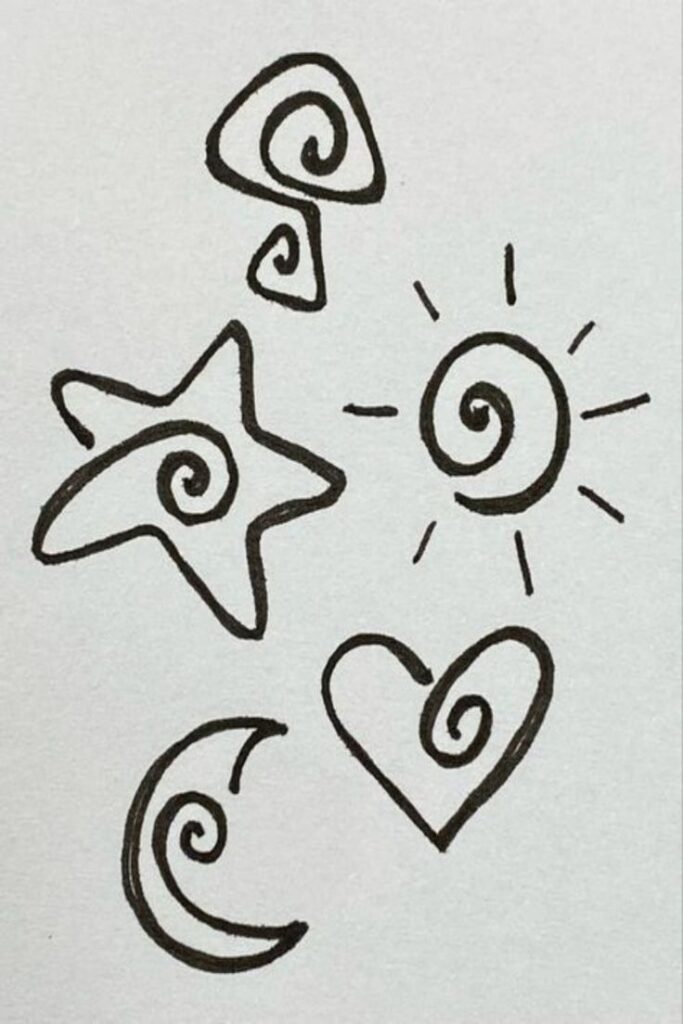
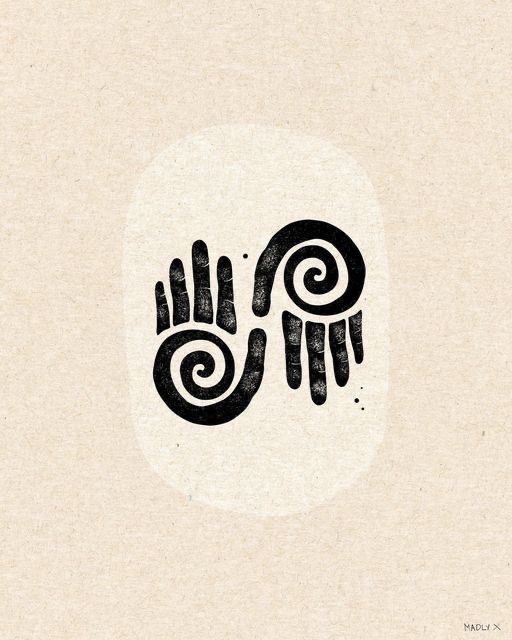
Proper aftercare is essential for maintaining the quality and longevity of a henna tattoo. Care routines can significantly influence how long the design retains its vibrancy and detail.
Maintaining the Tattoo
For optimal henna tattoo maintenance, keeping the area moisturized is crucial. Using olive oil or a light lotion can help maintain moisture without causing fading. Avoiding lemon juice or products containing sugar in the early days can prevent premature fading.
It’s advisable to limit exposure to water, especially in pools or hot tubs, as this can wash away the henna more quickly. It is also best to avoid scrubbing the tattooed area and wearing tight clothing that can rub against it.
Keeping the design covered during the initial hours can help set the color effectively. Exposure to direct sunlight can lead to fading, so applying a mild sunscreen after a few hours can further protect the tattoo.
Factors Affecting Tattoo Duration
Multiple factors affect the longevity of a henna tattoo. Skin type plays a significant role; oily skin tends to retain color better than dry skin. Additionally, darker skin tones often show henna designs more vividly and help maintain the color longer.
Environmental conditions also impact fading. Humid weather can quicken the fading process, while dry conditions may prolong the design’s lifespan.
Activities such as swimming or excessive sweating can diminish the tattoo’s vividness. It is generally advised to avoid these activities for at least 48 hours post-application to preserve the design. Careful attention to these factors will contribute to a longer-lasting and beautiful henna tattoo.
Health and Safety Considerations
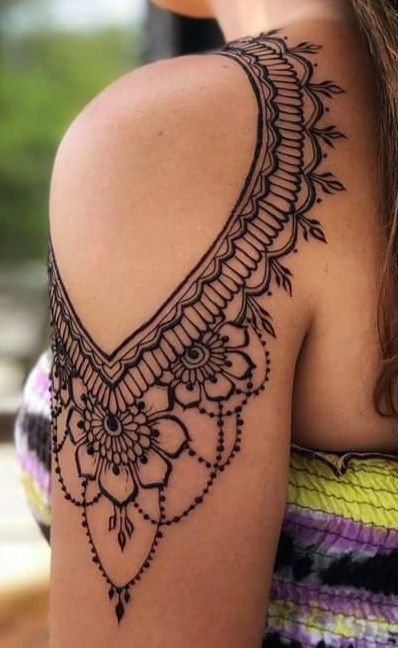
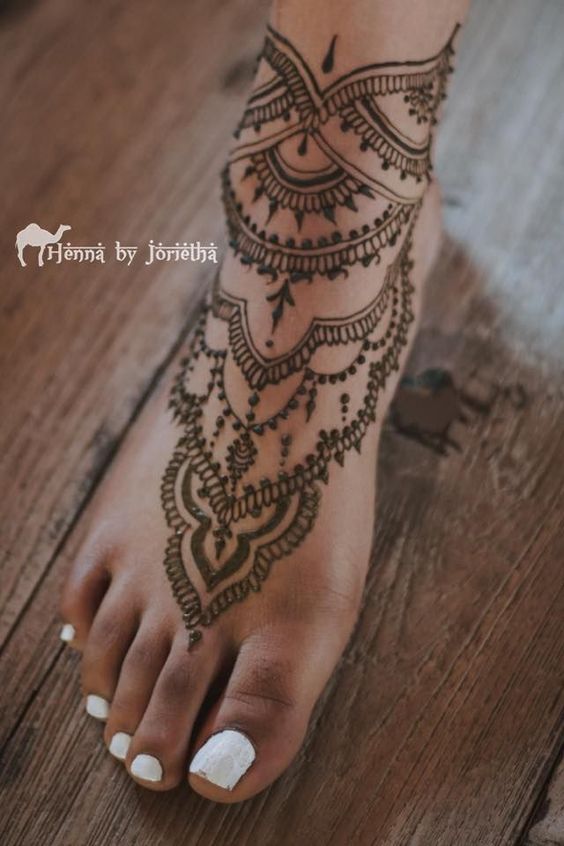
When considering henna tattoos, attention to health and safety is crucial. The type of henna used and the potential for allergic reactions are important factors.
Natural vs. Chemical Henna
Natural henna is derived from the leaves of the Lawsonia inermis plant. Its primary dye, lawsone, produces a reddish-brown stain on the skin.
Chemical henna often contains paraphenylenediamine (PPD), a synthetic dye. Black henna is notorious for having PPD, which can cause skin irritation and severe allergic reactions.
Natural henna is generally regarded as safe, while chemical variants pose significant risks. Users should always verify the ingredients in any henna product to avoid harm.
Identifying and Treating Allergic Reactions
Allergic reactions to henna can manifest as itching, redness, or swelling on the skin. Symptoms may appear within hours or days after application.
If a reaction occurs, immediate steps should include gently washing the area with soap and water. Over-the-counter antihistamines can alleviate mild symptoms.
For severe reactions, such as difficulty breathing or extensive swelling, seek urgent medical help. It is essential to consult with a healthcare provider for persistent or worsening symptoms to avoid complications.
DIY Henna Tattoos

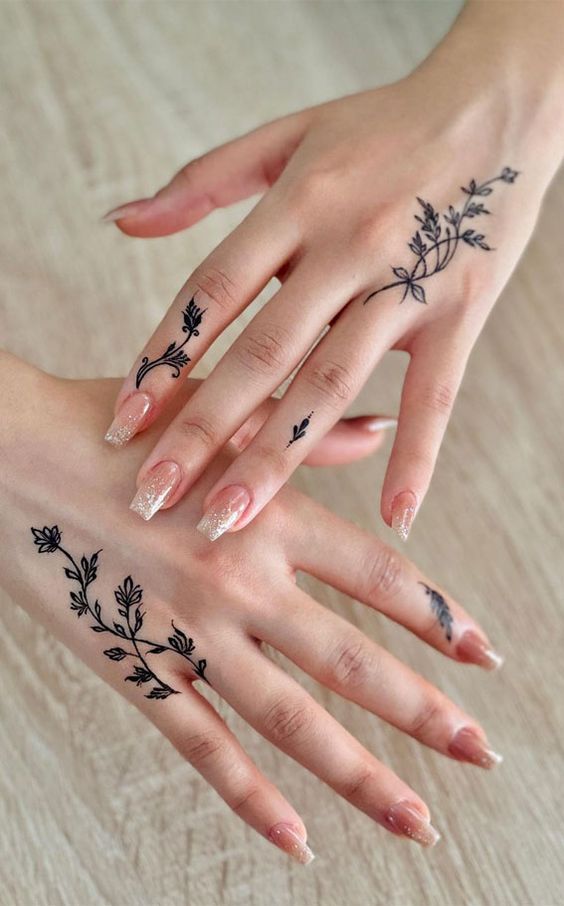
Creating henna tattoos at home offers a fun and artistic way to express creativity. Individuals can explore simple designs and unique patterns using easily accessible materials.
Creating Your Own Designs
Designing henna tattoos requires both practice and creativity. It is recommended to start with simple designs, such as flowers, hearts, or geometric shapes. These can serve as a foundation for more intricate patterns as skills improve.
Essential Tips:
- Sketch First: Draw designs on paper before transferring them to the skin. This helps visualize the final look.
- Use Reference Images: Finding inspiration from online sources can enhance creativity.
To create the paste, henna powder is mixed with water and potentially essential oils for improved stain quality. Common oils include lavender or eucalyptus, which can enhance the scent and longevity of the design.
Henna Tattoo Kits
Using a henna tattoo kit simplifies the DIY process. Most kits include pre-mixed henna paste in tubes or cones, making application straightforward.
Key Components of a Kit:
- Henna Paste: Look for kits with natural ingredients for quality results.
- Application Tools: Kits usually provide cones or applicators that help in creating detailed designs.
For beginners, kits with instructional guides can be very helpful. They often include tips on achieving the best staining results and provide information about how long to leave the henna on the skin for optimal color.
Professional Henna Artists
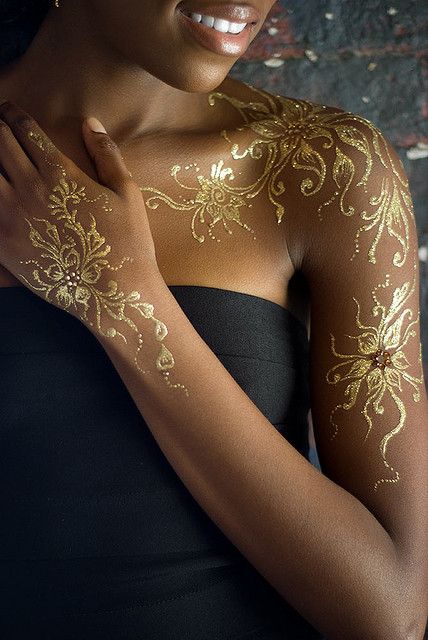
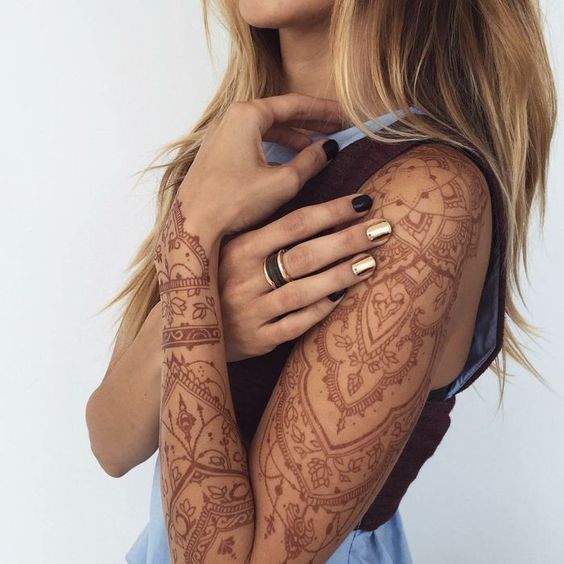
Finding a skilled henna artist can significantly enhance the quality of a henna tattoo experience. Professional henna artists possess extensive knowledge in design, application techniques, and safety practices, ensuring a result that is both beautiful and safe.
Finding an Expert Artist
Searching for a professional henna artist requires attention to a few critical factors.
- Portfolios: Review portfolios to assess their artistic style and skill level.
- Experience: Consider how long they have been practicing. Experienced artists often deliver more consistent results.
Seek recommendations from friends or family who have had successful experiences. Online platforms also offer reviews and ratings that can help in selecting an artist. Attending local events or festivals can provide opportunities to see artists in action and connect with them directly.
What to Expect in a Professional Session
A professional henna session typically lasts between 30 minutes to several hours, depending on the complexity of the design.
Before starting, the artist will often discuss preferences and suggest designs based on their expertise. They may use natural henna paste, ensuring safety and quality.
After application, they provide care instructions to preserve the design’s richness.
Clients can expect a relaxed atmosphere, where the artist demonstrates techniques and engages in conversation. Many professionals prioritize hygiene, using disposable tools and clean workspaces to ensure a safe experience.
Cultural and Modern Adaptations
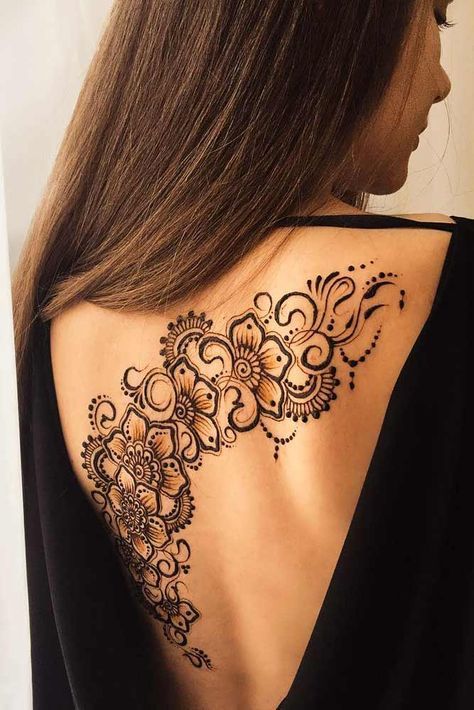
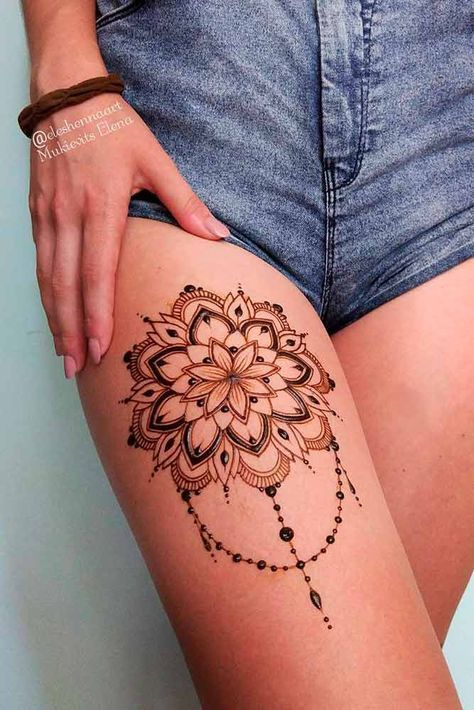
Henna tattoos have deep cultural roots and have evolved over time, particularly in regions like South Asia. They play a vital role in celebrations, especially among women, symbolizing beauty and joy. Modern adaptations have expanded their appeal, showing significant popularity beyond traditional spheres.
Henna in Weddings and Festivals
In many cultures, henna tattoos are an essential feature of weddings and festivals. In Indian culture, the ritual of applying henna, known as Mehndi, is celebrated with great enthusiasm. The intricate designs symbolize love, joy, and the blessings for the bride.
Typically, women gather for a pre-wedding ceremony, where they adorn their hands and feet with henna. The designs often cover large areas and may include motifs of sun, flowers, and paisleys. It’s a significant moment of bonding and celebration among women, enhancing the festive spirit.
Contemporary Use and Popularity
In recent years, the popularity of henna has surged in various parts of the world. It is now embraced as a temporary body art that appeals to a diverse audience. Festivals, music events, and cultural fairs provide opportunities for individuals to explore this art form.
Contemporary henna designs are often simpler and more varied, catering to both men and women. Some opt for minimalistic styles, while others may choose elaborate patterns. Artists now utilize the technique to express personal identity and aesthetics, showcasing creativity in new ways. This modern adaptation reflects a broader cultural appreciation and rising interest in traditional arts.
Expanding the Henna Experience
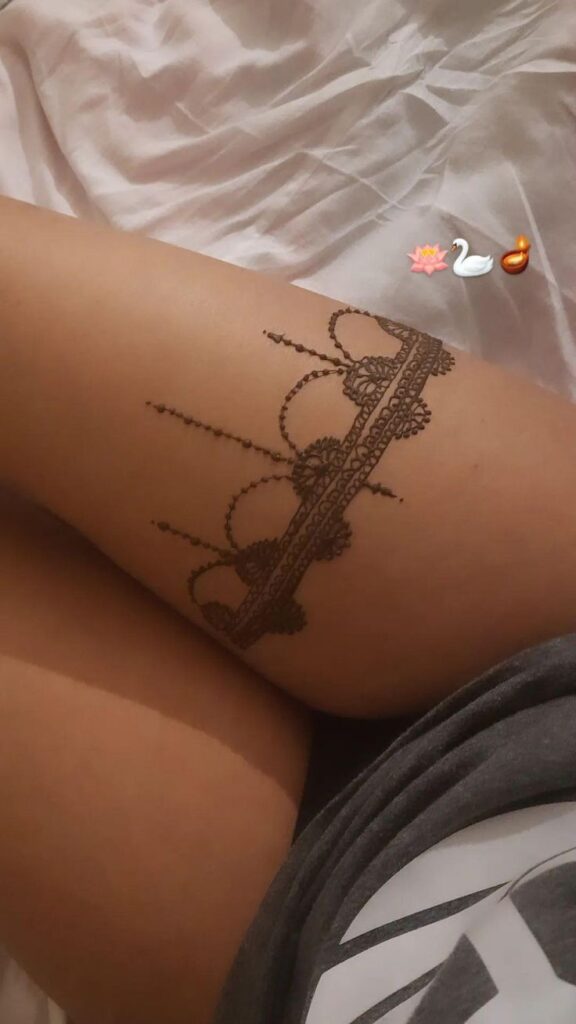

Henna offers a versatile canvas for body art beyond traditional tattoos. By exploring combinations with other forms of body art and utilizing henna for cosmetic uses, individuals can enhance their henna experience significantly.
Combining Henna with Other Body Art
Integrating henna tattoos with other body art forms can create unique designs and experiences. For instance, combining henna with temporary tattoos can allow artists to experiment with intricate patterns and colors. This blend can be especially appealing during events like festivals or celebrations where bold designs stand out.
Additionally, henna can be used alongside piercings or body painting. Applying henna on areas surrounding new piercings enhances the aesthetic while maintaining a temporary nature. This approach gives a curated look that complements the piercings, with designs wrapping around arms, shoulders, or ankles. Using henna in conjunction with body art not only increases its appeal but also allows for creativity and personalization.
Henna for Hair and Cosmetic Use
Henna is not limited to skin applications. It has been historically used for hair treatments and cosmetic applications. When used on hair, henna provides a natural dye that can leave a rich reddish-brown hue. It also conditions the hair and promotes scalp health, making it a favorite in natural beauty routines.
In cosmetics, henna can be used to create eye designs or temporary body art on palms, fingers, and even legs. It offers a way to decorate without the commitment of permanent tattoos. For example, creating elaborate designs on the back of hands or feet for special occasions showcases creativity. Henna’s versatility in beauty enhances its popularity across various contexts, providing both aesthetic appeal and a cultural connection.
- 2.7Kshares
- Facebook0
- Pinterest2.7K
- Twitter3
- Reddit0
